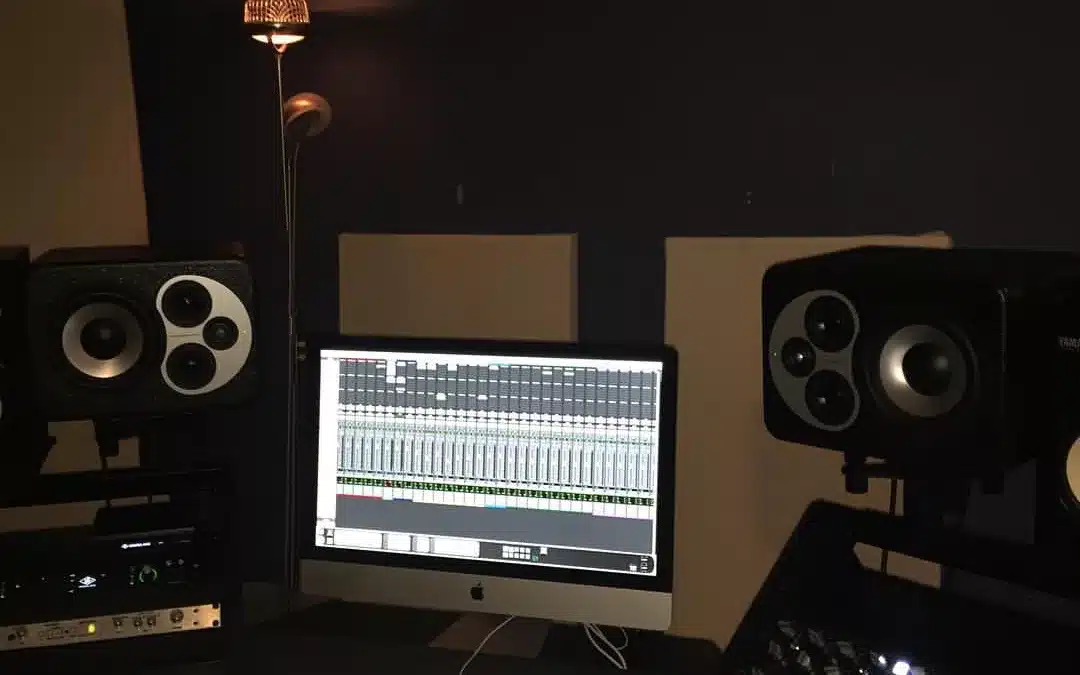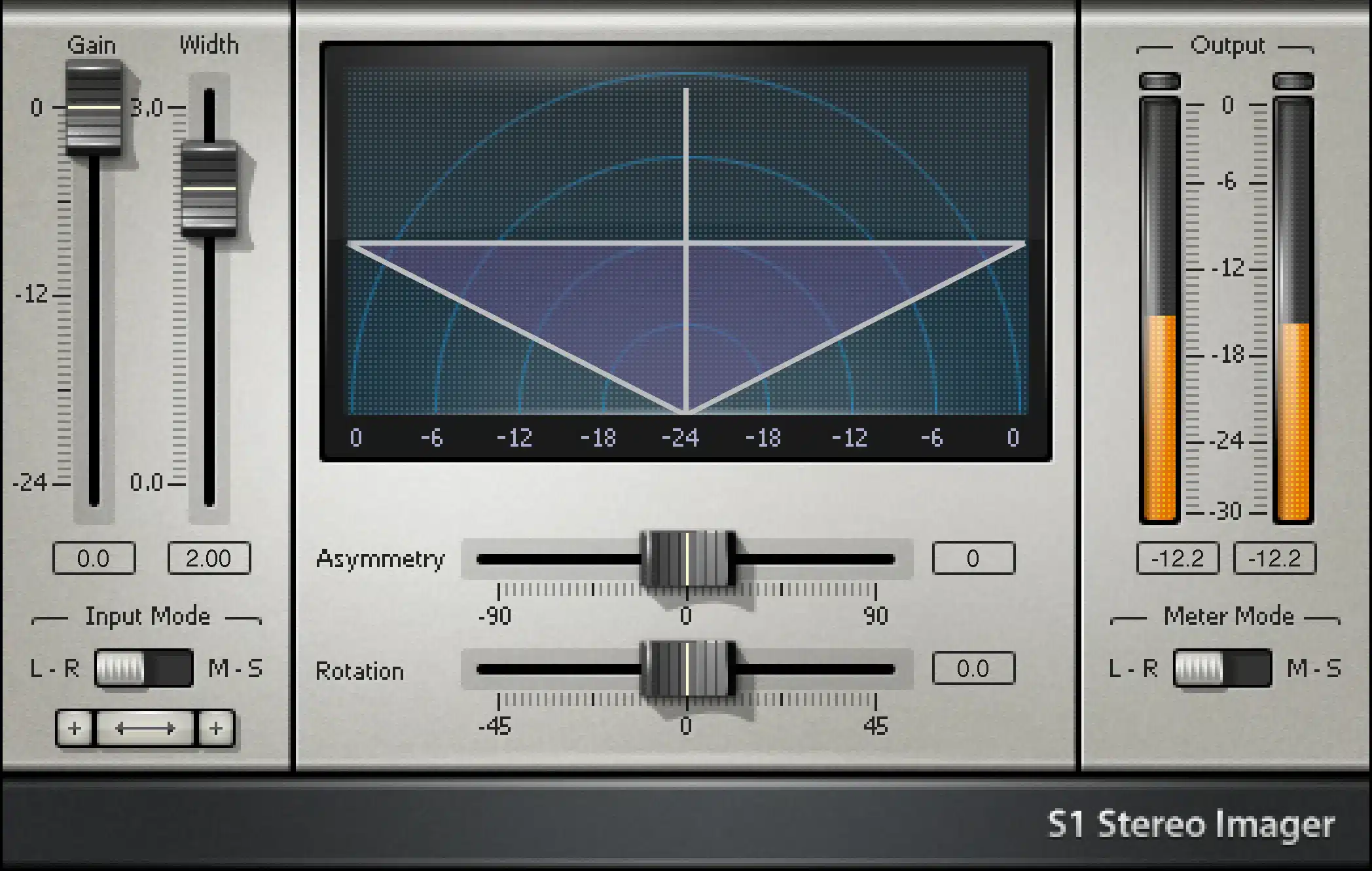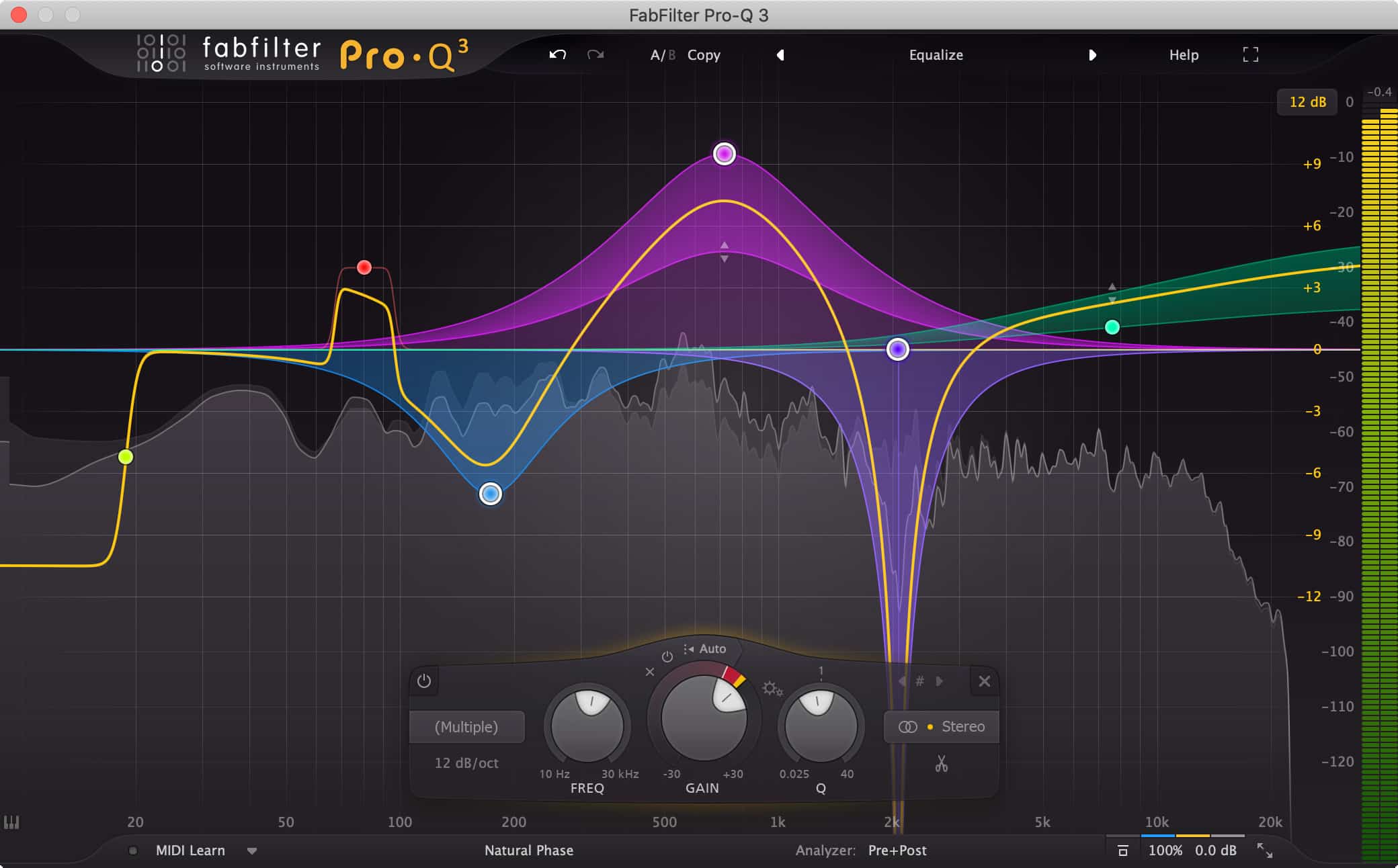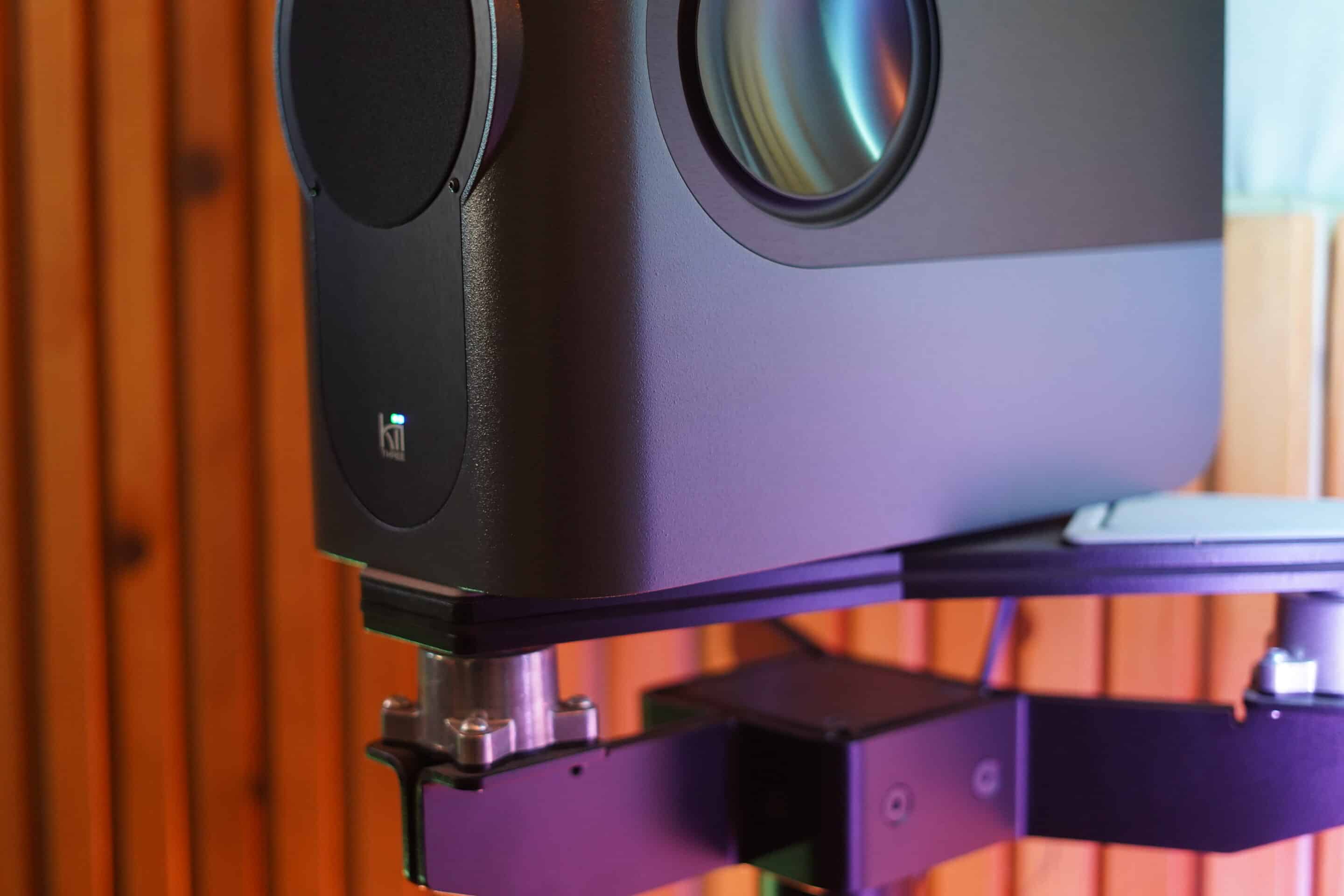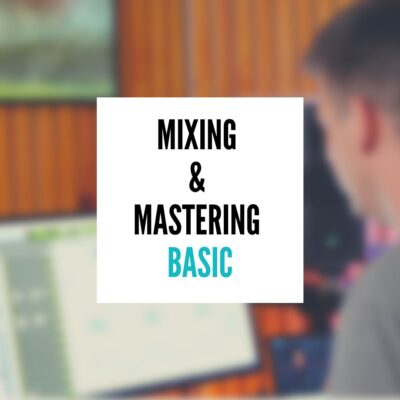Transform Your Bedroom into a Professional Recording Studio!”
Welcome to the world of home recording! As a mixing engineer who started out in a humble bedroom studio (and currently works in a studio that used to be a garage), I can tell you that creating a professional recording space in your bedroom is possible and a journey packed with learning and creative exploration. Whether you’re a budding teenager passionate about music or an experienced musician in your fifties, this guide is tailored to help you carve out your musical sanctuary.
Acoustic Treatment
Understanding Your Room’s Acoustics with REW
The first step is to find out what is wrong with the room in its current state. Using Room EQ Wizard, a free software, can be a game-changer in understanding and improving your bedroom studio’s acoustics. REW helps you analyze the sound characteristics of your room, pinpointing frequencies that are causing issues like echo or reverb.
How to use Room EQ Wizard:
- Download and Setup: First, download REW from its official website. Install it on your computer, ensuring you have a good-quality microphone (preferably a measurement mic) and an audio interface.
- Room Measurement: Position your microphone where you usually sit while mixing. REW will play test tones through your speakers, capturing how sound interacts with your room.
- Analyzing Data: Once the measurements are taken, REW will provide a detailed analysis of your room’s acoustics. Look for peaks and dips in frequency response, which indicate problem areas.
- Identifying Problem Frequencies: The software will highlight specific frequencies that are overly pronounced (peaks) or underrepresented (dips). These are your targets for acoustic treatment.
DIY Acoustic Panels
With the insights from REW, you can create targeted acoustic treatments. I’ve built several panels using Owens Corning 403 insulation, which is effective for sound absorption.
Steps to Build Acoustic Panels:
- Materials: You’ll need Owens Corning 403 insulation or a similar sound-absorbing material, wooden frames to hold the insulation, and acoustically transparent fabric like the ones from Guilford of Maine.
- Frame Construction: Build or purchase wooden frames that fit the size of your insulation panels. The frame’s depth should allow the insulation to sit snugly inside.
- Inserting Insulation: Place the insulation into the frames. Ensure it’s packed well but not overly compressed.
- Covering with Fabric: Cover the frames with acoustically transparent fabric. This fabric allows sound to pass through and be absorbed by the insulation while also giving your panels a professional look.
- Mounting the Panels: Based on the REW analysis, strategically place the panels at points in your room where they’ll most effectively absorb the problem frequencies. Common spots include walls behind monitors, ceiling corners, and areas with direct sound reflections.
Setting Up Your Workspace
Proper placement of your equipment is vital in a bedroom studio. It can significantly affect how sound travels and is perceived in the room.
Facing the Shorter Wall
Position your desk so that you’re facing the shorter wall of your bedroom. This orientation helps in minimizing sound reflections, especially from the front and back walls, creating a more controlled listening environment.
Setting Up Studio Monitors with the Equilateral Triangle Principle
Steps to Create an Equilateral Triangle:
- Measure Distance Between Monitors: Place your two studio monitors so that they are at an equal distance apart from each other. Use a tape measure to ensure accuracy. For example, if each monitor is 4 feet apart, that distance becomes one side of your equilateral triangle.
- Position Your Listening Spot: Now, you need to set your listening position (where you sit) to complete the triangle. Your listening position should be the same distance from each monitor as the monitors are from each other. Continuing the example, you would sit 4 feet away from each monitor.
- Speaker Angle: Each monitor should be angled towards you, creating a 60-degree angle at each corner of the triangle. This means the speakers are not only the same distance from each other as they are from you, but they’re also directed correctly for the best stereo image.
- Height Alignment: Ensure the tweeters (the part of the speaker that produces the highest frequencies) are at ear level. You might need to use stands or foam pads to achieve this. When the tweeters are at ear level, it ensures the most accurate representation of the sound.
- Fine-Tuning: After setting up the triangle, sit in your listening position and play some music you’re familiar with. You may need to make small adjustments to the distance or angle of the speakers for the best sound. Trust your ears and make changes as necessary.
By setting up your speakers in an equilateral triangle, you optimize the stereo imaging and ensure that you are in the ‘sweet spot’ for critical listening. This setup is crucial for making accurate mix decisions and helps in achieving a balanced and precise sound. Remember, even in a bedroom studio, these small details can greatly impact your final product.
Recording Techniques in a Bedroom Studio
Making the Most of Limited Space
A small room doesn’t mean a small sound. Proper microphone techniques can capture amazing recordings even in tight spaces. I’ve recorded acoustic guitars in a closet and vocals under a blanket – unconventional, but effective!
1. Choose the Right Equipment
- Microphone Selection: Invest in a good quality microphone suitable for your recording needs. For vocals, a large-diaphragm condenser microphone is often recommended.
- Use a Pop Filter: This helps to reduce plosive sounds (like ‘p’ and ‘b’) and can improve the quality of vocal recordings.
- Audio Interface: A reliable audio interface can greatly enhance the sound quality of your recordings.
2. Proper Microphone Technique
- Mic Placement: Experiment with different mic placements to find what sounds best for your instrument or voice. Remember, moving the mic even a few inches can significantly alter the sound.
- Distance From the Mic: For vocals, generally stay about 6-12 inches away from the microphone. This distance helps in capturing a full, natural sound while minimizing plosives and sibilance.
- Use Reflection Filters: If you can’t fully treat your room, using a reflection filter behind your microphone can help isolate your sound source and reduce room reflections.
3. Use Headphones for Monitoring
- Closed-back Headphones: These are preferable for recording as they prevent sound from leaking into your microphone. They also allow you to closely monitor what you’re recording in real-time.
4. Experiment with Recording Techniques
- Layering: If you’re recording multiple instruments or vocals, try layering them to create a fuller sound.
- Different Takes: Don’t hesitate to record multiple takes. This gives you options to choose the best performance or even piece together parts from different takes.
5. Understand Gain Staging
- Optimal Levels: Ensure your input levels are not too high to avoid clipping, but high enough to capture a clean signal. A good rule is to aim for peaks around -6 dB during recording.
6. Create the Right Environment
- Comfortable Setting: Make your recording space comfortable and inspiring. A relaxed atmosphere can significantly improve your performance.
- Stay Hydrated: Especially for vocalists, staying hydrated is crucial for the best performance.
7. Be Patient and Persistent
- Trial and Error: Don’t get discouraged by initial challenges. Recording is an art that requires patience and experimentation.
Remember, the goal of home recording is not to replicate a multi-million dollar studio but to capture your art in the most authentic and high-quality way possible within your means. Embrace the process, learn from each session, and most importantly, enjoy the journey of creating music!
Mixing and Mastering in a Bedroom Studio
The DIY Approach
The key to successful mixing in a bedroom is to start simple. Focus on balancing levels, using EQ to clear muddiness, and applying compression judiciously. Remember, less is often more in mixing.
Seeking Professional Help
Even the best DIY setup has its limits. Bringing in a professional mixing/mastering engineer can add that final polish your tracks might need. They can offer objective feedback and technical expertise that’s hard to replicate on your own. It’s about knowing your strengths and when to seek help. Your DIY efforts lay the groundwork, but a professional’s touch can elevate your music to the next level.
Staying Inspired and Productive
Keeping the Creative Juices Flowing
Your workspace should inspire creativity. Personalize it with items that spark your creativity, whether it’s posters of your musical heroes or a small plant by your mixing console.
Work-Life Balance
Working in the same space you relax in can blur boundaries. Set specific times for music production and take regular breaks to stay fresh and inspired.
Learning is a Journey
The music production landscape is always evolving. Keep up with the latest trends, techniques, and gear. Online tutorials, forums, and communities are great resources.
Conclusion
Transforming your bedroom into a professional recording studio is an exciting and fulfilling endeavor. Embrace the process, learn from your mistakes, and remember, some of the greatest music was born in spaces just

